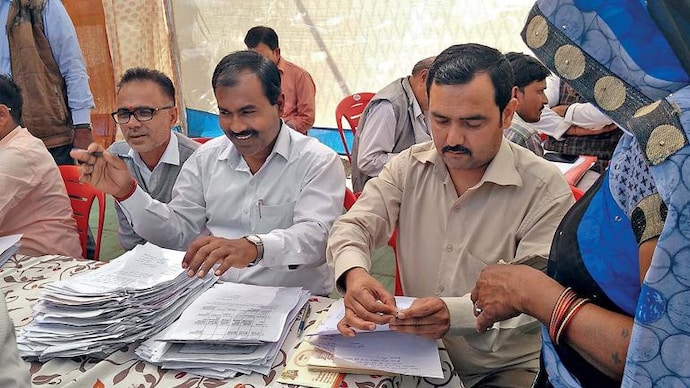Revamping the babudom
Lateral entry of professionals in administrative posts has to be institutionalised for more transparency and efficiency

The Modi government has done a good job of dismantling the transfer-posting raj, streamlining the 32 All-India services, including the IAS, and culling the best available talent. The aim has been to recruit individuals who combine honesty, efficiency and expertise. It has ended the domination of the IAS; merit has become the driving factor. As a result, officers empanelled for postings in Delhi from non-IAS services have now doubled from 83 to 167. And the credit goes to the Prime Minister’s Office (PMO) for creating a level playing field.
Lateral entry was another reform wherein professionals were inducted in central ministries/ departments as joint secretaries. The grievance redressal system at the PMO, too, has been overhauled. File disposal is faster despite the fact that the PMO now gets nearly two million requests annually from a hundred thousand a year earlier. However, driven by the missionary zeal of the PMO, these mechanisms need to be institutionalised now.
However, if there is one thing yet to be fulfilled, it is the promise of minimum government, maximum governance in disinvestment. Against less than a lakh crore of disinvestments during the UPA’s decade-long rule, disinvestment in the Modi years has been Rs 2.8 lakh crore. Many white elephants, starting with Air India, are yet be privatised. In other cases, privatisation has been only in name because the buyers are bigger PSUs. Disinvestment plays a key role in resource allocation, particularly for welfare schemes. Monetisation of lakhs of acres of government land lying with various ministries, like the railways or defence, is also pending.
The system of e-offices wherein the offices of central ministers handle their files only on computers, needs to be extended to states as well, to make decision-making faster and file disposal three times quicker. We have a long road-map on all these issues with an ambitious 100-day plan, says P.K. Mishra, chief principal secretary to the PM. There will be greater speed than before when it comes to bureaucratic and administrative reforms. Says disinvestment secretary Atanu Chakravarty, We have the blueprint ready for strategic investment. Now it will be implemented in right earnest.
The 100-day plan
Why
- Need to further streamline bureaucracy and induct more external talent via lateral entry
- Need to institutionalise promotion avenues for non-IAS officers
- Grievance redressal system needs to be institutionalised for quicker and efficient redressal. PMO-driven currently, a system has to be evolved and introduced
- Strategic disinvestment process needs to be speeded up for better resource allocation and optimum use of resources in a situation where demand exceeds supply in terms of funds
- Government land needs to be better monetised to fund welfare schemes. Current pace too tardy
How
- Currently, reforms in the bureaucracy, including lateral entry, are PMO-driven. They need to be institutionalised through a dedicated system
- Induction in bureaucracy via lateral entry needs to be expanded exponentially to inject efficiency into the system. There is certainly enough room for such expansion as India’s ratio of government servants to population is among the poorest in the world. This will ensure that the strength of the All-India Services remains unaffected
- Disinvestment of Air India and other big PSUs needs to be speeded up to get the government out of loss-making enterprises and to trim expensive human resource. A ban also has to be put on sham disinvestment where one loss-making PSU is bought by a profit-making PSU. It should be disinvestment in the strictest sense
- Trim the size of the bureaucracy to make it less unwieldy and more efficient
- Grievance redressal is currently PMO driven and not as fast as one would want. Now a system has to be evolved to ensure that when the complainant drops his first complaint to the PMO it will automatically go to the concerned departments one it is fed into the system

